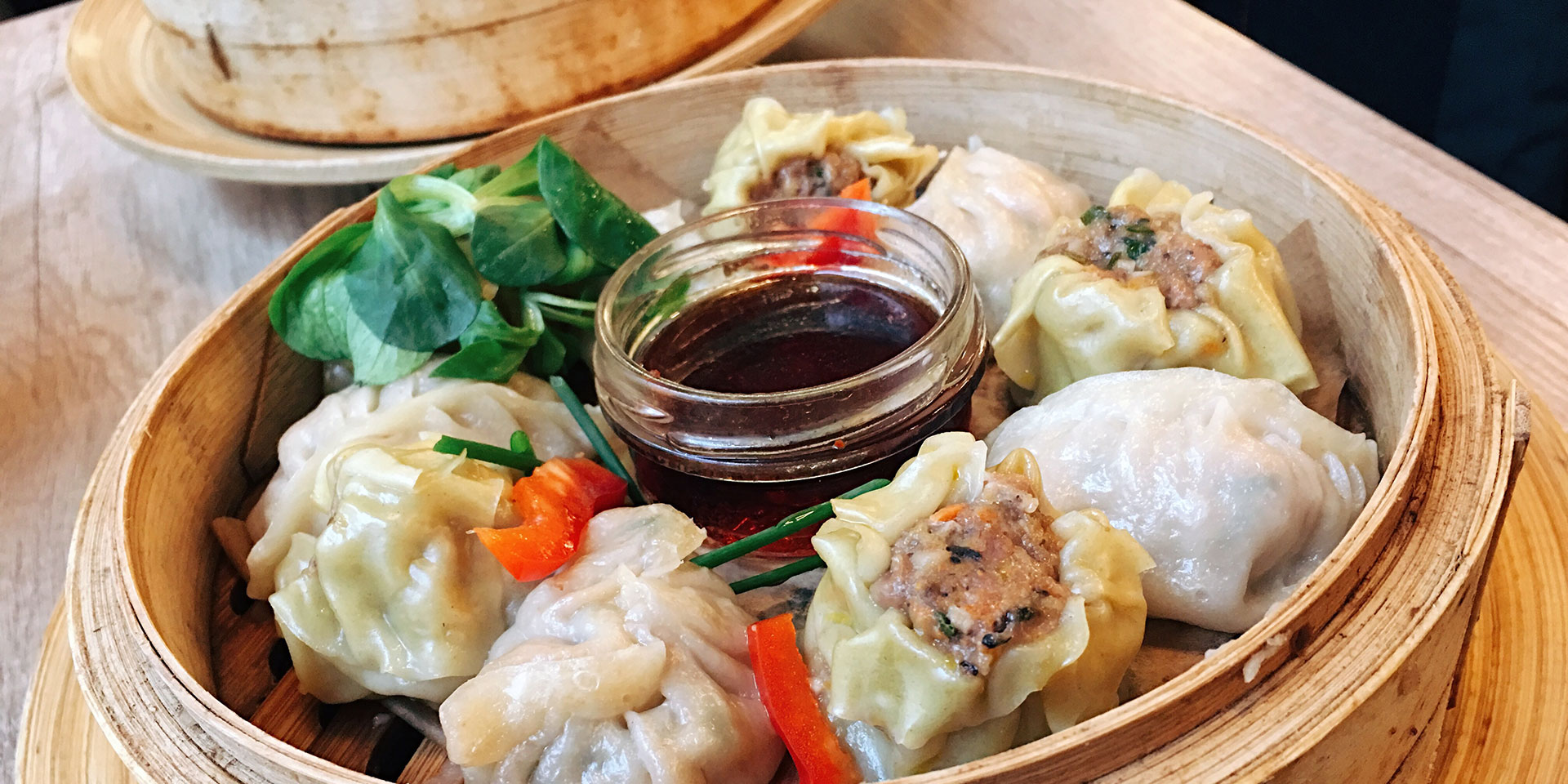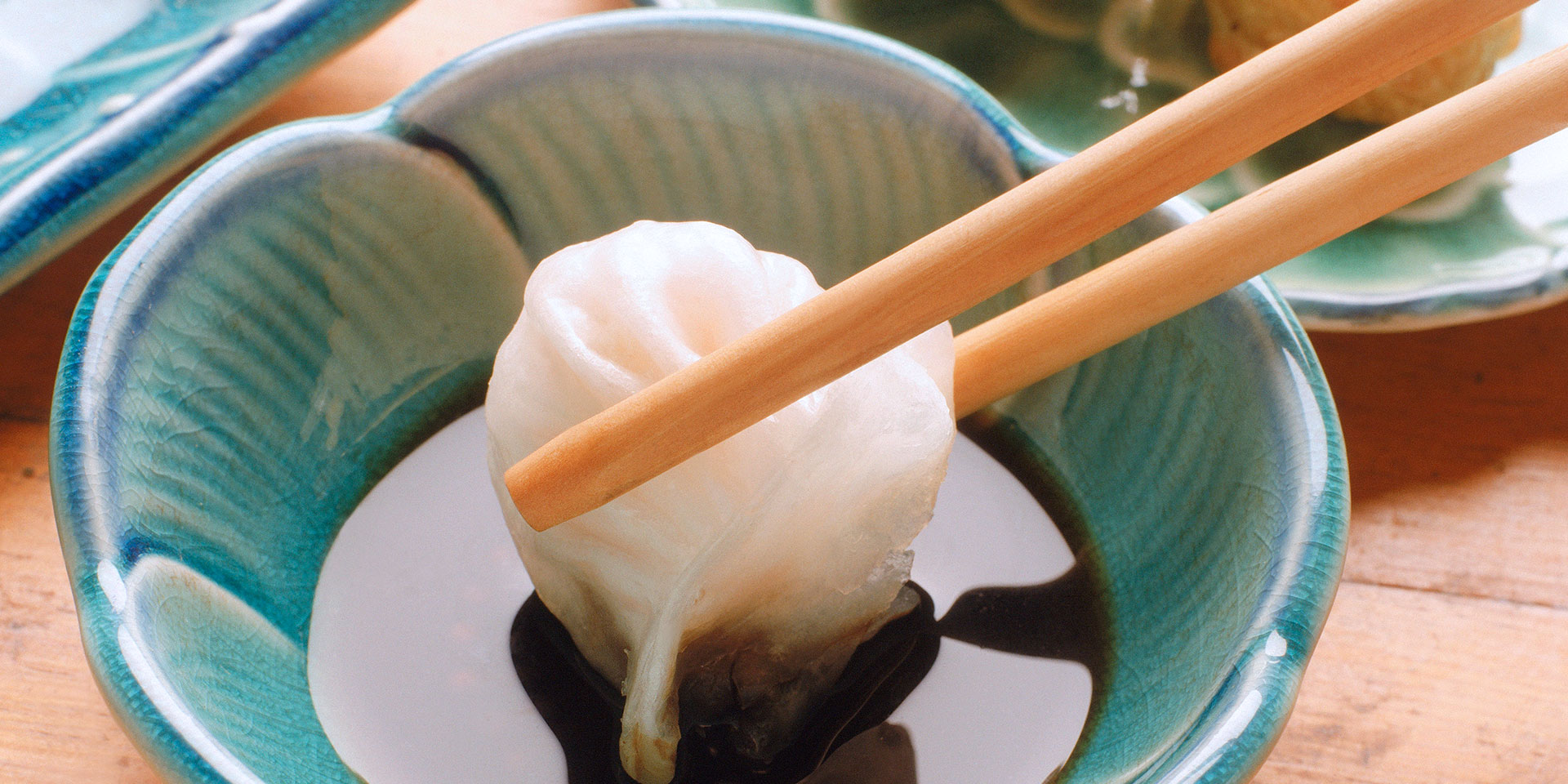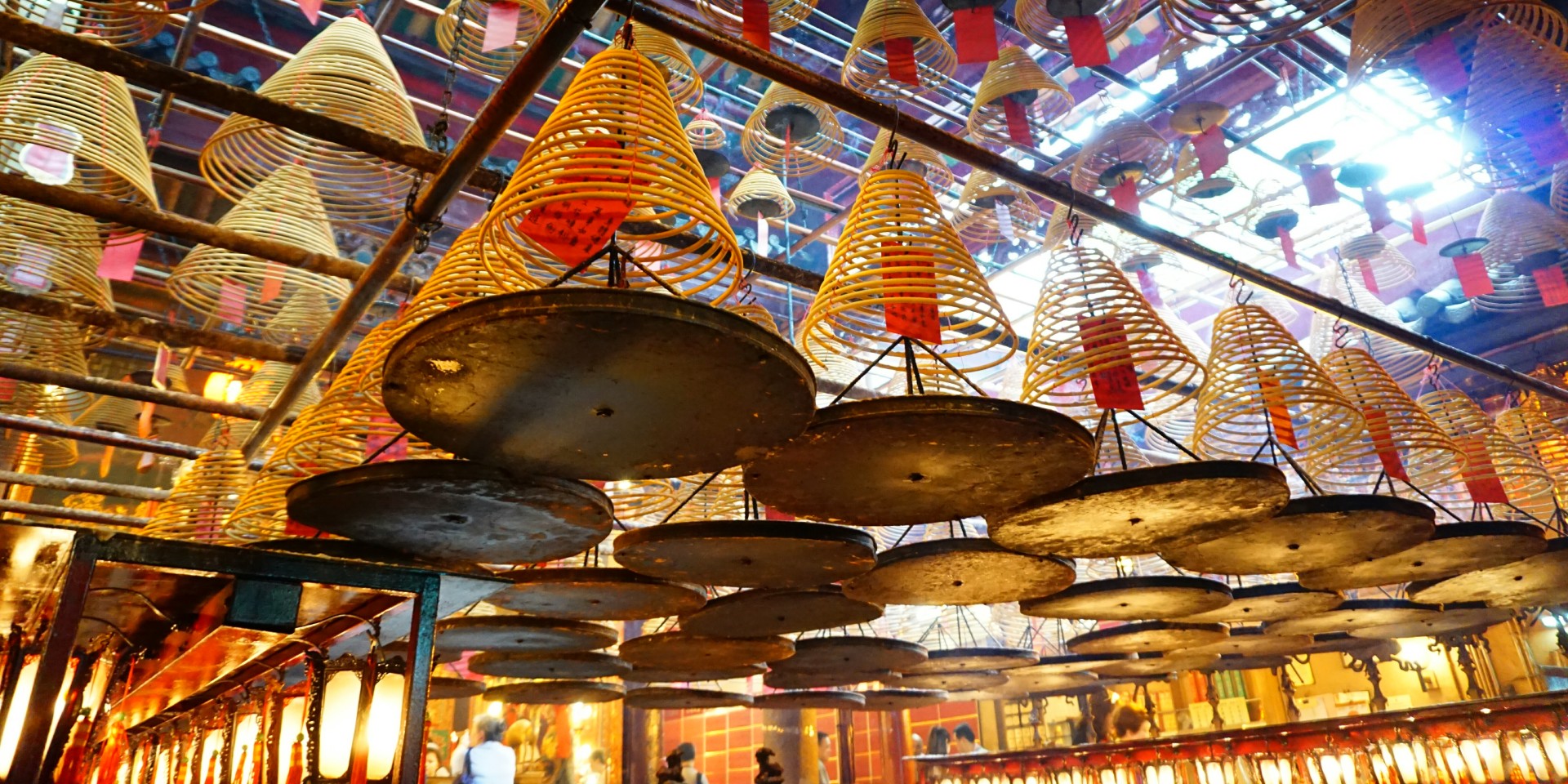
Traditional dim sum is eaten with a variety of sauces. (Photo: Getty Images)
Eat + DrinkBefore You Dine in Hong Kong, Get the Lowdown on Dim Sum Sauces
By Adele WongHongkongers love their sauces, and this is definitely evident at dim sum. Use this quick guide to make sure you pair the right sauce with the right dish.
Light Soy Sauce
Don’t be fooled: The “light” in light soy sauce refers to its color rather than its flavor.
Watery-thin and sharply savory compared to its “dark” and milder counterpart, light soy sauce is the quintessential flavor agent for many classic Chinese dishes.
Used as a condiment, light soy sauce can be drizzled on steamed rice noodle rolls, steamed rice pots with meats (such as spare ribs or chicken and mushroom) and bowls of congee, among other dim sum dishes.

Worcestershire Sauce
Worcestershire sauce is dark brown in color and particularly tangy in flavor.
Originating in England and made from different types of vinegars, anchovies and a whole bunch of different ingredients, Worcestershire sauce was exported to Hong Kong and eventually found itself a permanent foothold in the world of dim sum.
Today, Worcestershire sauce is paired with steamed beef balls and deep-fried spring rolls.
The intensely flavored sauce adds a sharp new dimension to the foods it accompanies.
XO Sauce
XO sauce is used both as a condiment and as a main ingredient in stir-fries and other Cantonese dishes.
It’s made from chopped-up pieces of conpoy (dried scallop), dried shrimp and other spices, and it is dense and oily in composition.
The sauce is savory and slightly spicy and goes particularly well with more mildly flavored dishes like pan-fried “turnip” (daikon radish) cakes or pan-fried rice noodle rolls (cheung fun).
Black Rice Vinegar
Black rice vinegar is similar to balsamic in character and is a popular condiment for jiaozi dumplings and Shanghainese xiaolongbao.
The vinegar is usually served with strips of finely sliced ginger to balance out its tanginess.

Doubanjiang / Chili Sauce / Chili Oil
Hong Kong–style doubanjiang is a paste-like, savory-spicy sauce made from different types of beans, and it is commonly used as a condiment for dumplings and noodle dishes.
It can be used interchangeably with Chinese-style sriracha chili sauce, depending on a restaurant’s preference.
Doubanjiang is much more savory, while sriracha has more of a spicy kick. Steamed prawn dumplings (har gow) and steamed pork dumplings (siu mai) are good candidates to go with these thick, chili-based sauces.
Pure chili oil is another popular option.
Oyster Sauce
Oyster sauce is a paste-like condiment made from oyster essence that is sweet and seaweedy in flavor.
It pairs especially well with pan-fried Three Treasures (tofu, green bell peppers and eggplant stuffed with dace fish paste) as well as leafy greens like gai lan and choy sum.
Hoisin Sauce
Hoisin sauce might mean “seafood” sauce in Cantonese, but it’s actually a style of (completely seafood- and meat-free) sweet sauce made from sugar and soybeans.
Sweet sauces in general can be used on sliced meats and plain steamed rice noodle rolls (without stuffing inside).
Plum Sauce
Plum sauce is a sticky, translucent, fruit-based jam that is tangy-sweet in flavor. The sauce is a match for foods with crispy exteriors, like deep-fried wontons and spring rolls.







